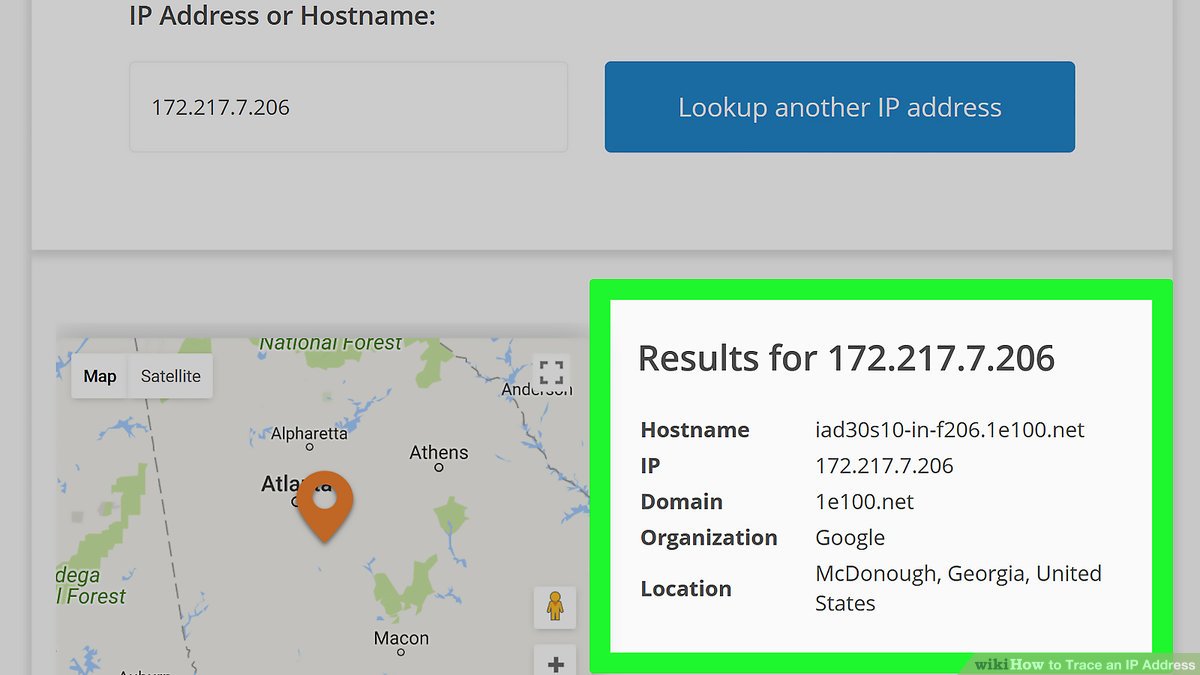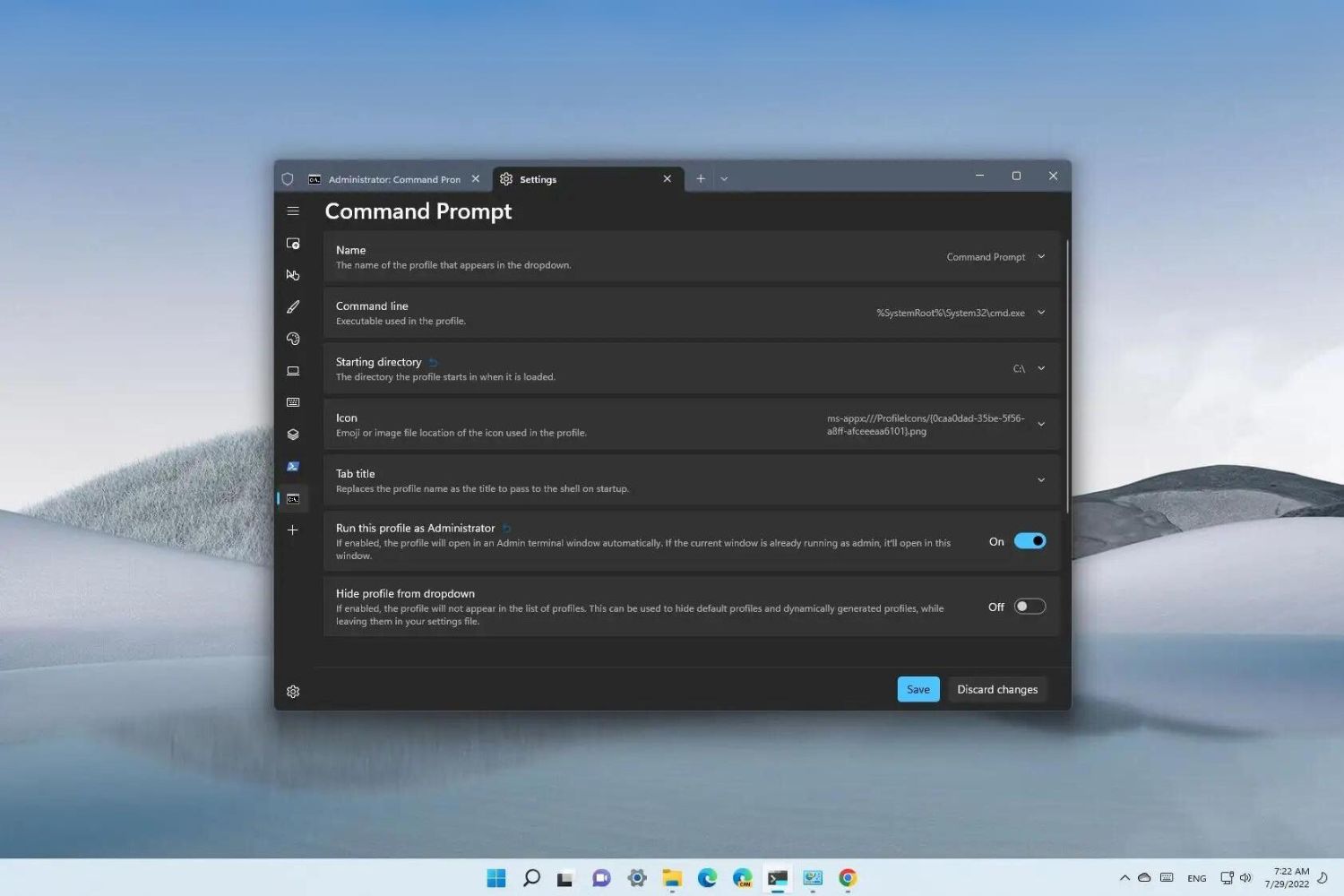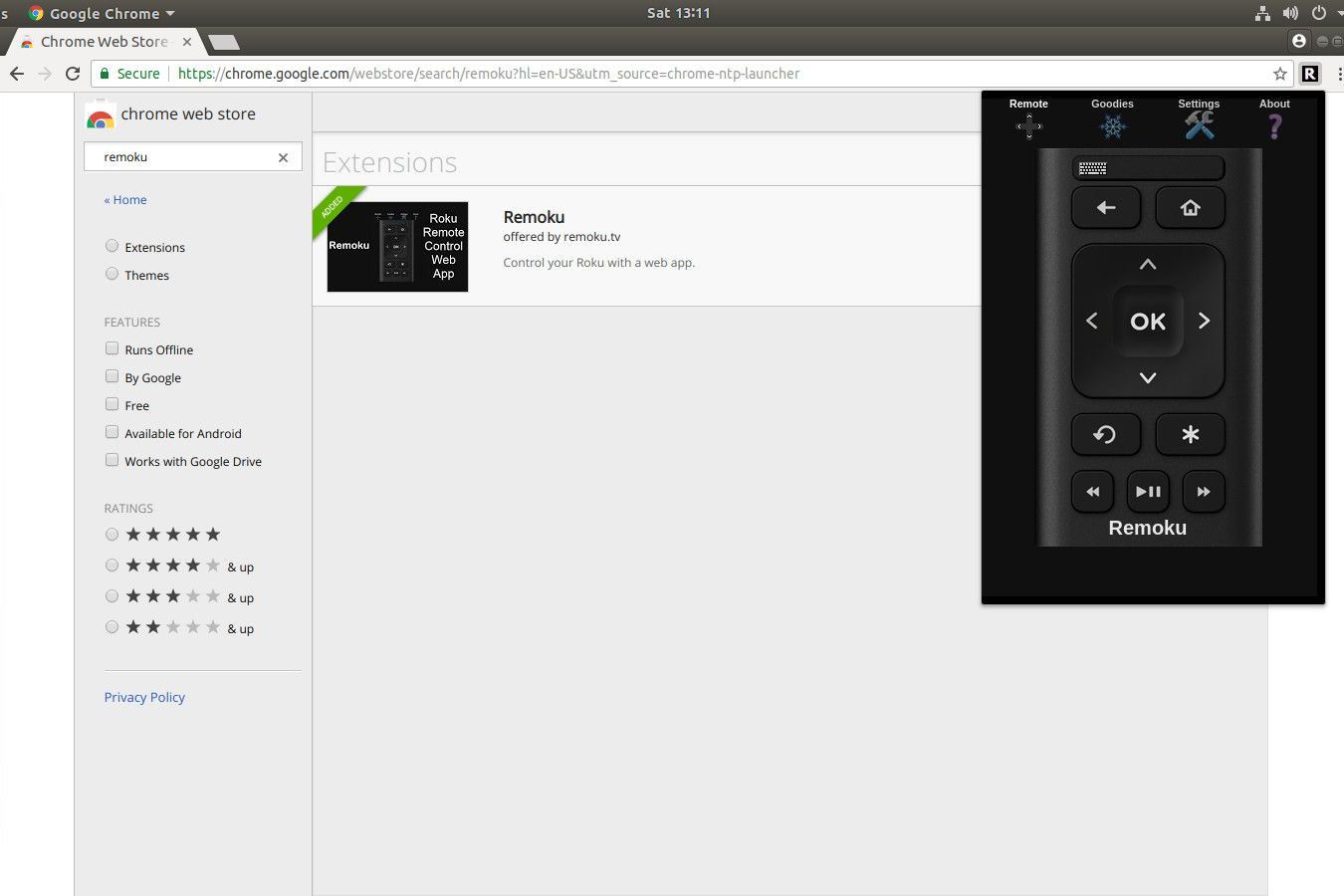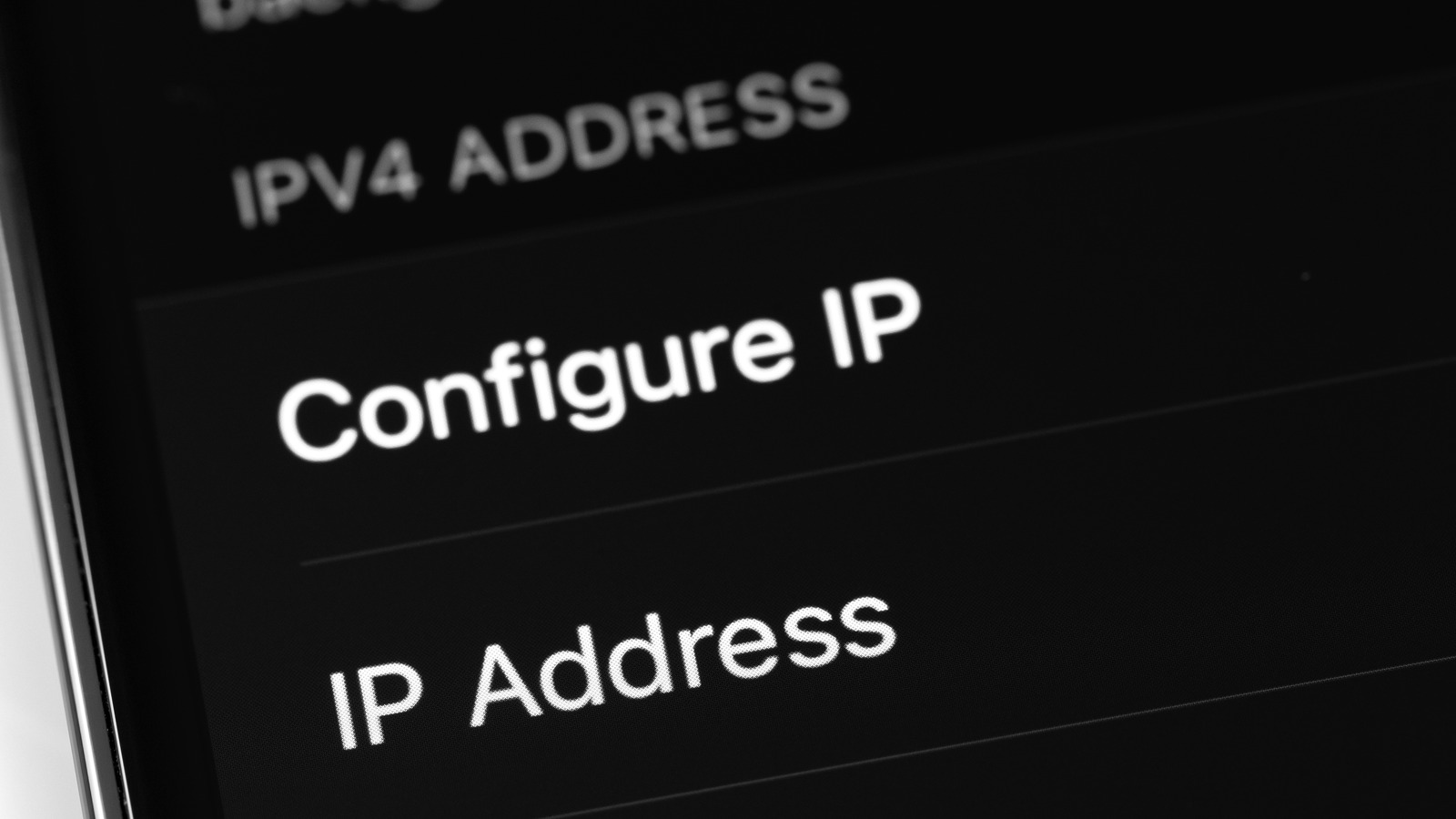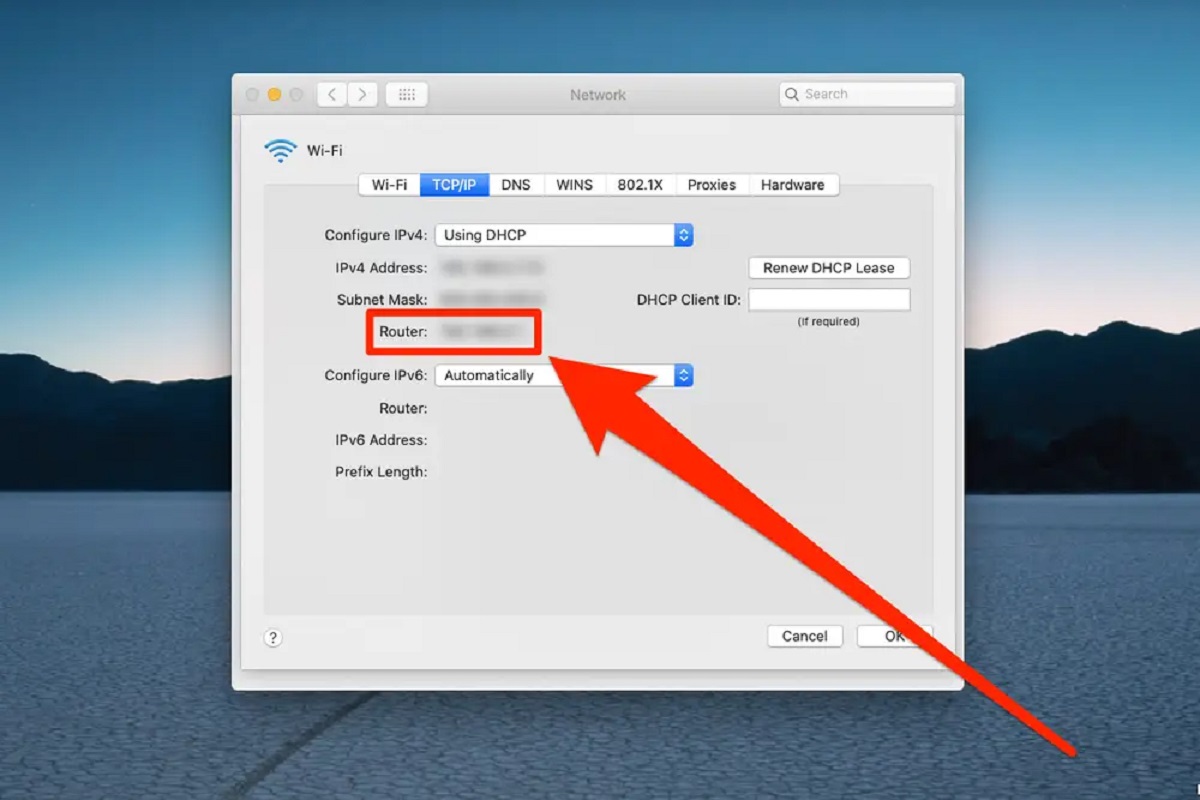Introduction
Welcome to the world of IP address geolocation! If you’ve ever wondered about the physical location of an IP address, then you’ve come to the right place. In this article, we will explore various methods for finding the location of an IP address.
An IP (Internet Protocol) address is a unique identifier assigned to every device connected to a network. It allows devices to communicate with each other over the internet. Each IP address consists of a series of numbers separated by periods, such as 192.168.0.1. While IP addresses serve the crucial purpose of facilitating internet communication, they can also reveal valuable information about a device’s location.
So how does IP geolocation work? IP geolocation uses a combination of different techniques to determine the physical location associated with an IP address. By analyzing network data, IP geolocation databases, and other relevant information, it is possible to approximate the country, region, city, and even the latitude and longitude coordinates of an IP address.
Now, let’s dive into the methods you can use to find the location of an IP address.
What is an IP address?
An IP (Internet Protocol) address is a numerical label assigned to each device connected to a computer network that uses the Internet Protocol for communication. It serves as a unique identifier for devices such as computers, smartphones, routers, and servers. Without IP addresses, devices would not be able to send and receive data over the internet.
An IP address consists of a series of numbers separated by periods. There are two versions of IP addresses in use today: IPv4 (Internet Protocol version 4) and IPv6 (Internet Protocol version 6). IPv4 addresses are written in the form of four sets of numbers ranging from 0 to 255, such as “192.168.0.1.” This format allows for approximately 4.3 billion unique IPv4 addresses. On the other hand, IPv6 addresses are longer and written in the form of eight sets of hexadecimal numbers, separated by colons, such as “2001:0db8:85a3:0000:0000:8a2e:0370:7334.” IPv6 provides a vastly larger pool of unique addresses, ensuring the continued growth of the internet.
IP addresses serve two main functions: network interface identification and address location. Firstly, they provide a way to identify and distinguish each device on a network. This identification enables devices to send and receive data from specific sources. Secondly, IP addresses can reveal the approximate physical location of a device. This is achieved through IP geolocation, a method that combines various techniques to estimate the geographic location associated with an IP address.
By understanding what an IP address is and how it functions, we can now explore the different methods used to find the location of an IP address. Let’s delve into the fascinating world of IP geolocation!
How does IP geolocation work?
IP geolocation is the process of determining the physical location of an IP address. It relies on various techniques and data sources to provide an estimation of the geographic coordinates associated with an IP address. While it may not always provide an exact location, IP geolocation can give valuable insights into the general region or city where a device is located.
There are several methods and technologies used in IP geolocation:
1. GeoIP Databases: IP geolocation databases are widely used to map IP addresses to their corresponding physical locations. These databases contain extensive collections of IP address ranges and their associated geographical attributes, such as country, region, city, latitude, and longitude. They can be accessed through commercial services or open-source options.
2. Routing Data Analysis: IP geolocation can also utilize information obtained from the internet’s routing infrastructure. By analyzing network traffic patterns and the routes taken by data packets, geolocation algorithms can infer the geographic locations of IP addresses.
3. Wireless Access Points: In the case of mobile devices, IP geolocation can utilize information from nearby wireless access points and cell towers. By triangulating the signal strength and the known locations of these access points, a device’s location can be estimated.
4. HTML5 Geolocation: Some web browsers support HTML5 Geolocation, which allows websites to request an individual’s location directly from their browser. This can be used in combination with IP geolocation data to improve accuracy.
5. Voluntary User Contributions: There are platforms and services that allow users to voluntarily share their location data. This data can be used to supplement IP geolocation information and provide more accurate location estimations.
By leveraging these techniques and data sources, IP geolocation can provide valuable insights into the location of an IP address. However, it is important to note that IP geolocation is not always perfect and can come with limitations. Factors such as the use of VPNs, proxies, or dynamic IP addresses can impact the accuracy of the location estimation. Nevertheless, IP geolocation remains a powerful tool for various applications, including targeted advertising, content localization, fraud prevention, and cybersecurity.
Methods to find the location of an IP address
When it comes to finding the location of an IP address, there are multiple methods available. Each method utilizes different techniques and data sources to provide an estimation of the IP address’s physical location. Let’s explore some of the most common methods below:
1. Using IP geolocation databases: IP geolocation databases, such as MaxMind and GeoIP, are widely utilized to map IP addresses to their corresponding physical locations. These databases contain vast collections of IP address ranges and their associated geographic attributes, allowing for accurate location estimations. To find the location of an IP address using this method, you can either download the database and search it locally or utilize an API provided by the database provider.
2. Using online IP geolocation tools: There are various online tools available that can provide the location of an IP address. These tools use IP geolocation databases or other algorithms to determine the approximate location. Simply input the IP address into the tool, and it will display the corresponding geographic details, such as the country, region, city, and even the ISP associated with that IP address.
3. Using command-line tools and APIs: Command-line tools like “traceroute” and “ping” can help narrow down the location of an IP address by revealing the network path it takes to reach the destination. Additionally, several APIs provide IP geolocation services, allowing developers to integrate IP location functionality into their applications.
4. Using WHOIS data: WHOIS data can provide information about the organization or individual that owns a particular IP address. While it may not directly reveal the physical location, it can give insights into the organization’s headquarters or the address associated with the IP address registration.
5. Using network trace route: Tracing the network route between your device and the target IP address can help determine the location of intermediate network devices. This method relies on the Time-to-Live (TTL) value in the network packets to track the hops and approximate geographical locations along the route.
It is important to note that while these methods can provide valuable insights into the location of an IP address, the accuracy can vary depending on various factors such as the reliability of the data sources, use of VPNs or proxies, and dynamic IP address assignments. To maximize accuracy, it is often recommended to combine multiple methods and cross-reference the results.
Now that we’ve explored the methods used to find the location of an IP address, let’s consider some important factors to keep in mind when utilizing IP geolocation techniques.
Using IP geolocation databases
One of the most common methods to find the location of an IP address is by using IP geolocation databases. These databases contain extensive collections of IP address ranges and their associated geographic attributes, such as country, region, city, latitude, and longitude. By utilizing these databases, it is possible to accurately determine the physical location of an IP address.
There are several popular IP geolocation databases available, including MaxMind, GeoIP, and IP2Location. These databases are regularly updated and provide reliable and up-to-date information on IP address locations. They offer both free and paid versions, with the paid options generally offering more precise and detailed location data.
To use an IP geolocation database, you can either download the database and search it locally or utilize an API provided by the database provider. The API allows for easy integration of IP geolocation functionality into applications, making it a convenient option for developers.
When using IP geolocation databases, you simply need to input the IP address you want to locate, and the database will provide you with details about its physical location. This includes information such as the country, region, city, postal code, latitude, longitude, and even the ISP associated with the IP address.
It is important to note that while IP geolocation databases offer accurate results in many cases, they are not foolproof. Factors such as the use of VPNs or proxies can sometimes mislead the geolocation process, as these services mask the true IP address and may provide a location different from the actual physical location.
Despite these limitations, IP geolocation databases remain a powerful tool for various applications. They are commonly used for targeted advertising, content localization, fraud prevention, and cybersecurity. They provide valuable insights into the geographic distribution of website visitors, enabling businesses to tailor their content and services to specific regions or countries.
So, if you need to find the location of an IP address, utilizing an IP geolocation database is a reliable and efficient method. Whether you choose the downloadable database or the API option, these databases are an indispensable resource in the world of IP geolocation.
Online IP geolocation tools
Another popular method to find the location of an IP address is by using online IP geolocation tools. These tools provide a convenient and user-friendly way to determine the geographic location associated with an IP address.
Online IP geolocation tools utilize various data sources and algorithms to estimate the location of an IP address. They may rely on IP geolocation databases, network analysis, WHOIS data, and other information to provide accurate results.
Using an online IP geolocation tool is typically straightforward. You simply input the IP address you want to locate into the tool’s interface, and it will retrieve and display the corresponding geographic details. This can include information such as the country, region, city, postal code, latitude, longitude, and even the ISP associated with the IP address.
These tools are generally accessible via a web browser and do not require any downloads or installations. They are often free to use, although some premium tools may offer additional features or more accurate results for a fee.
Online IP geolocation tools are a convenient option for individuals who need to quickly find the approximate location of an IP address without the need for technical knowledge or expertise. They are particularly useful for occasional or one-time use cases, where there is no need for extensive integration or automation.
However, it’s important to note that the accuracy of online IP geolocation tools can vary. Factors such as the quality and reliability of the data sources, as well as the algorithms used, can impact the precision of the location estimation. Additionally, similar to other methods, the use of VPNs, proxies, or dynamic IP addresses can affect the accuracy of the results.
Despite these limitations, online IP geolocation tools remain a valuable resource for a wide range of applications. They can aid in determining the location of IP addresses for geographically targeted marketing, website analytics, troubleshooting network issues, and cybersecurity investigations.
So the next time you need to find the location of an IP address quickly and conveniently, consider using an online IP geolocation tool. With just a few clicks, you can uncover valuable insights about the geographical origin of an IP address.
Using command-line tools and APIs
Another method to find the location of an IP address is by utilizing command-line tools and APIs. These tools provide a more technical approach to IP geolocation and offer flexibility for developers and system administrators.
Command-line tools such as “traceroute” and “ping” can assist in determining the location of an IP address by revealing the network path it takes to reach the destination. By analyzing the Time-to-Live (TTL) value in the network packets and the routers along the route, it is possible to approximate the locations of intermediate network devices. Although this method may not provide an exact location, it can give insights into the general region or city where the IP address might be located.
APIs, on the other hand, provide programmatic access to IP geolocation functionality through web services. Many API providers offer IP geolocation services, allowing developers to integrate location data into their applications. These APIs typically require an HTTP request with the IP address as a parameter, and they return a JSON or XML response containing the geographic details associated with that IP address, such as the country, region, city, and coordinates.
The advantage of using command-line tools and APIs is the ability to automate and incorporate the IP geolocation process seamlessly within applications or scripts. This makes them ideal for scenarios where large-scale or real-time IP geolocation is required, such as network monitoring, threat detection, or geographically targeted services.
It is important to note that while these tools and APIs provide valuable insights, they still rely on IP geolocation data sources and can be subject to the same limitations in terms of accuracy. Factors such as the quality of the data sources and the use of VPNs or proxies can affect the precision of the location estimation.
Despite the limitations, command-line tools and APIs offer a powerful and flexible approach to IP geolocation. They enable developers and system administrators to incorporate IP location functionality into their workflows, enhancing their ability to analyze network traffic, troubleshoot issues, and customize services based on geolocation data.
So, if you require programmatic access to IP geolocation or need to automate the process, consider utilizing command-line tools or APIs to find the location of an IP address.
Using WHOIS data
Another method to find the location of an IP address is by using WHOIS data. WHOIS is a protocol used to retrieve information about domain names, IP addresses, and the entities that are associated with them. While WHOIS data does not directly provide the physical location of an IP address, it can offer valuable insights into the organization or individual that owns the IP address.
When an IP address is allocated or assigned to an entity, such as an internet service provider (ISP) or a company, the registration details are typically recorded in the WHOIS database. This information includes the organization’s name, contact details, and sometimes the physical address of their headquarters or data center.
To find the location of an IP address using WHOIS data, you can query the WHOIS database for the registration details associated with that IP address. There are various online WHOIS lookup tools available that allow you to enter the IP address and retrieve the corresponding registration information.
Keep in mind that WHOIS data might not always provide a precise location, as IP addresses can be allocated to entities in different locations. However, it can give you valuable insights into the organization or individual behind the IP address, which can help you further investigate the physical location.
It’s important to note that privacy regulations and the policies of some ISPs may limit the amount of information available in the WHOIS database. In some cases, the information might be obfuscated or protected to prevent abuse or spam.
Despite these limitations, WHOIS data is still a useful resource for finding the owner and potential location of an IP address. It can be particularly valuable in cases involving cybersecurity investigations, identifying potential infringing behavior, or gathering information about an ISP.
When using WHOIS data, it’s essential to respect privacy laws and ensure that you are using the information responsibly. The obtained information should be used for legitimate purposes, and it’s advisable to consult legal and ethical guidelines when handling WHOIS data.
So, if you’re looking for details about the organization or individual behind an IP address, utilizing WHOIS data can provide valuable insights into their identity and potentially the physical location of the IP address owner.
Using network trace route
Using network trace route is another method to find the location of an IP address. This method relies on analyzing the network path between your device and the target IP address to determine the approximate location of intermediate network devices.
The network trace route process involves sending out a sequence of network packets from your device to the target IP address and observing the routers or network devices that the packets pass through on their way. By examining the IP addresses of these intermediate network devices, you can gain insights into the general geographic locations they are located in.
Network trace route works by leveraging the Time-to-Live (TTL) value found in network packets. The TTL value determines how many hops (routers or network devices) a packet can traverse before it is discarded. As the packets travel towards the destination IP address, each router decrements the TTL value, and when the value reaches zero, the router discards the packet and sends an error message back to the sender.
By analyzing the IP addresses of the routers that send back error messages, you can determine the rough location of these intermediate network devices. However, it’s important to note that this method only provides a general idea of the geographical path the packets take and does not pinpoint the exact location of the target IP address.
To perform a network trace route, you can use the built-in command-line tools available in most operating systems, such as the “traceroute” command in Unix-based systems or the “tracert” command in Windows. These tools display the IP addresses of the intermediate routers, along with their response times, allowing you to trace the network path to the destination IP address.
It’s important to consider that network trace route is subject to limitations. Factors such as network congestion, routing changes, or routers configured to ignore or prioritize certain types of network traffic can affect the accuracy of the results. Additionally, some network devices may be hidden behind firewalls or configured not to respond to trace route requests.
Despite these limitations, network trace route can still provide valuable insights into the path and approximate location of network devices between your device and the target IP address. It can be useful in network troubleshooting, diagnosing network latency issues, or identifying potential network bottlenecks.
So, if you want to gain a rough understanding of the network path an IP address takes and the general locations of intermediate network devices, consider using network trace route as a method to find the location of an IP address.
Considerations when finding IP address location
When finding the location of an IP address, there are several important considerations to keep in mind. Understanding these factors will help you interpret the results accurately and make informed decisions based on the obtained location information.
1. Accuracy and Reliability: The accuracy of IP address geolocation can vary based on multiple factors, such as the quality of the data sources used, the presence of VPNs or proxies, and the use of dynamic IP addresses. It’s crucial to acknowledge that IP geolocation provides estimations rather than precise locations and that the accuracy may vary in different scenarios.
2. Dynamic IP Addresses: Many internet service providers (ISPs) allocate dynamic IP addresses to their customers. This means that an IP address can change frequently, and the associated location can change accordingly. When dealing with dynamic IP addresses, it’s important to consider that the location data may not always correspond to the most recent actual location of the device.
3. Proxies and VPNs: Proxies and Virtual Private Networks (VPNs) can significantly affect the accuracy of IP geolocation. These services often route internet traffic through different servers in various locations, obscuring the true location of the device. When encountering IP addresses that belong to proxies or VPNs, the associated location may not represent the actual physical location of the device.
4. Privacy and Data Protection: It’s crucial to handle IP address geolocation data responsibly and in compliance with privacy laws and regulations. Organizations should ensure that they have obtained the necessary consents and have a legitimate purpose for collecting and using IP geolocation data. If working with sensitive or personal data, it’s important to take appropriate measures to protect user privacy.
5. Data Sources and Updates: Different IP geolocation databases and tools utilize various data sources and update frequencies. It’s important to consider the quality and reliability of the chosen data source. Regular updates are essential to ensure that the database reflects the most recent changes in IP address allocation and associated locations.
6. Localized Services: IP geolocation can be useful in providing localized services, such as content localization, targeted advertising, or region-specific offerings. However, it’s important to consider cultural, linguistic, and legal differences when tailoring services based on IP geolocation, as well as respecting user preferences and providing options for users to customize their experiences.
7. Additional Verification: In some cases, it may be necessary to verify the IP address location using alternative methods, such as physical address verification, user input, or additional data sources. This can help ensure the accuracy of the location information obtained through IP geolocation.
By considering these aspects, you can obtain a more comprehensive understanding of the limitations and implications associated with IP address geolocation. When using IP geolocation data, it’s crucial to interpret the results with caution and take into account the potential inaccuracies and privacy considerations.
Conclusion
Finding the location of an IP address can provide valuable insights for various purposes, such as targeted advertising, content localization, network troubleshooting, or cybersecurity investigations. Through the use of IP geolocation databases, online tools, command-line tools, WHOIS data, and network trace route techniques, it is possible to derive an estimation of the physical location associated with an IP address.
It’s important to remember that IP geolocation is not an exact science and comes with its limitations. Factors such as the accuracy of data sources, the use of VPNs or proxies, the dynamic nature of IP addresses, and privacy considerations can impact the accuracy and reliability of IP address location estimations.
When utilizing IP geolocation techniques, it is crucial to consider these factors and exercise caution in interpreting the results. Cross-referencing multiple methods and data sources can help improve accuracy and reduce the chance of misinformation.
Ultimately, IP geolocation remains a powerful tool that, when used responsibly and with awareness of its limitations, can provide valuable insights into the approximate location of an IP address. Whether you are a marketer seeking to target a specific audience or a network administrator troubleshooting network issues, understanding IP address geolocation can enhance and inform your decision-making processes.
Remember to comply with applicable laws and regulations regarding privacy and data protection when handling IP geolocation data. Respecting user privacy and obtaining necessary consents are paramount in ensuring ethical and responsible handling of such information.
In conclusion, IP geolocation methods offer a range of techniques to determine the location of an IP address. By utilizing these methods wisely and considering their limitations, you can harness the power of IP geolocation to enhance various aspects of your online endeavors.







